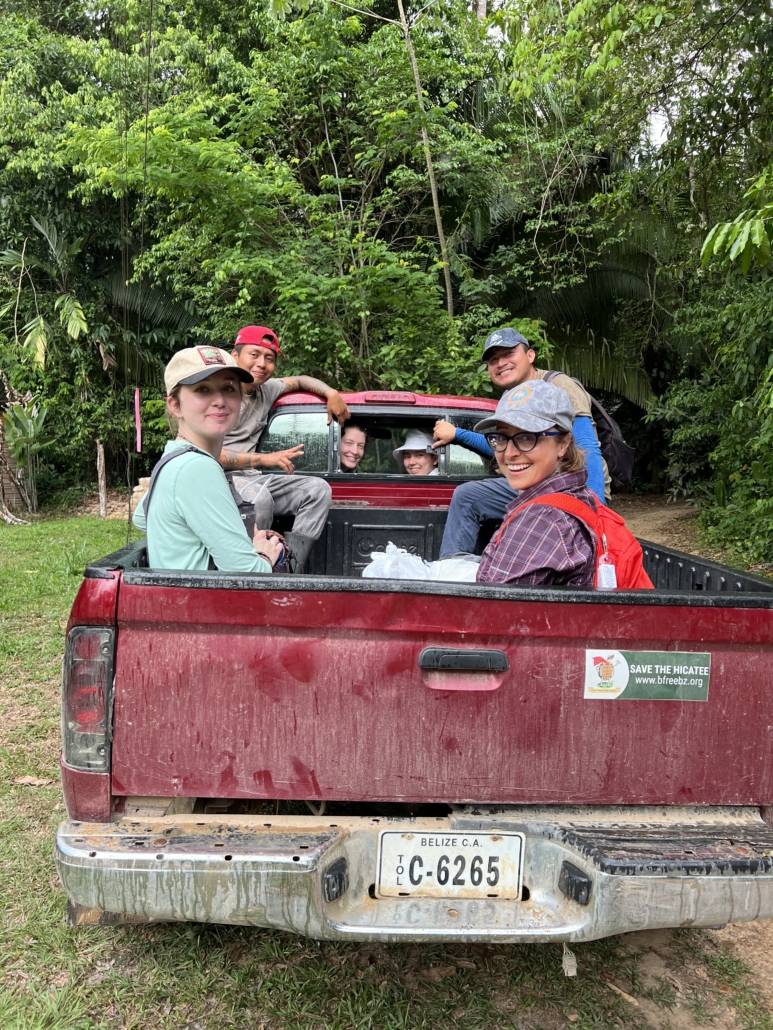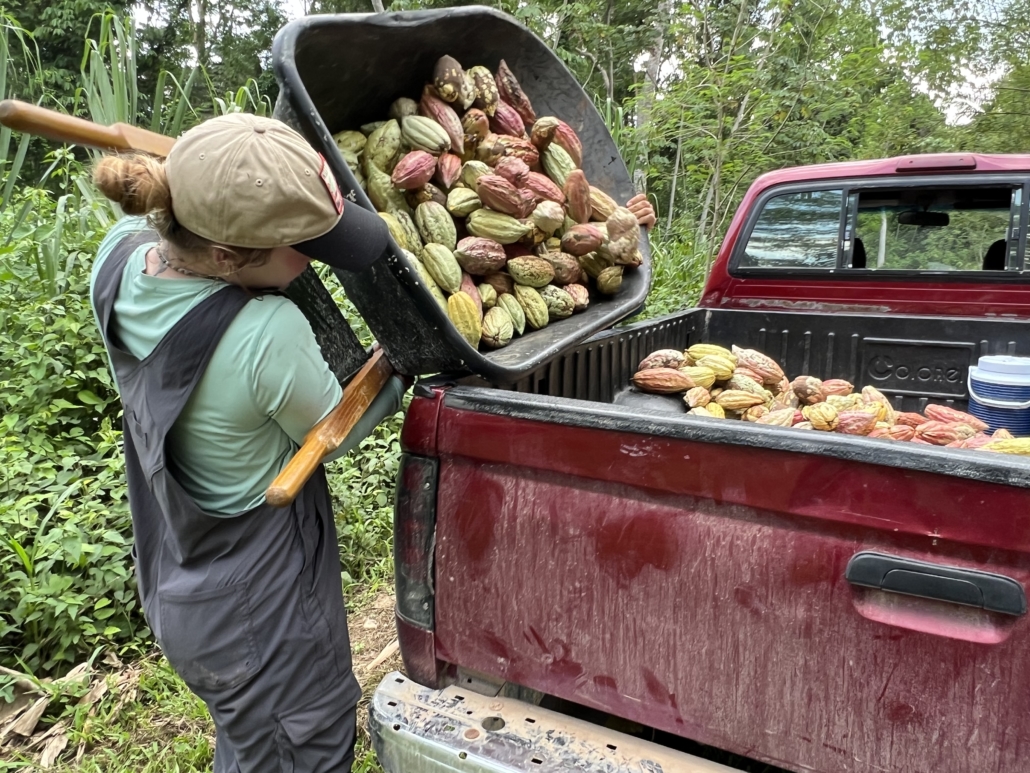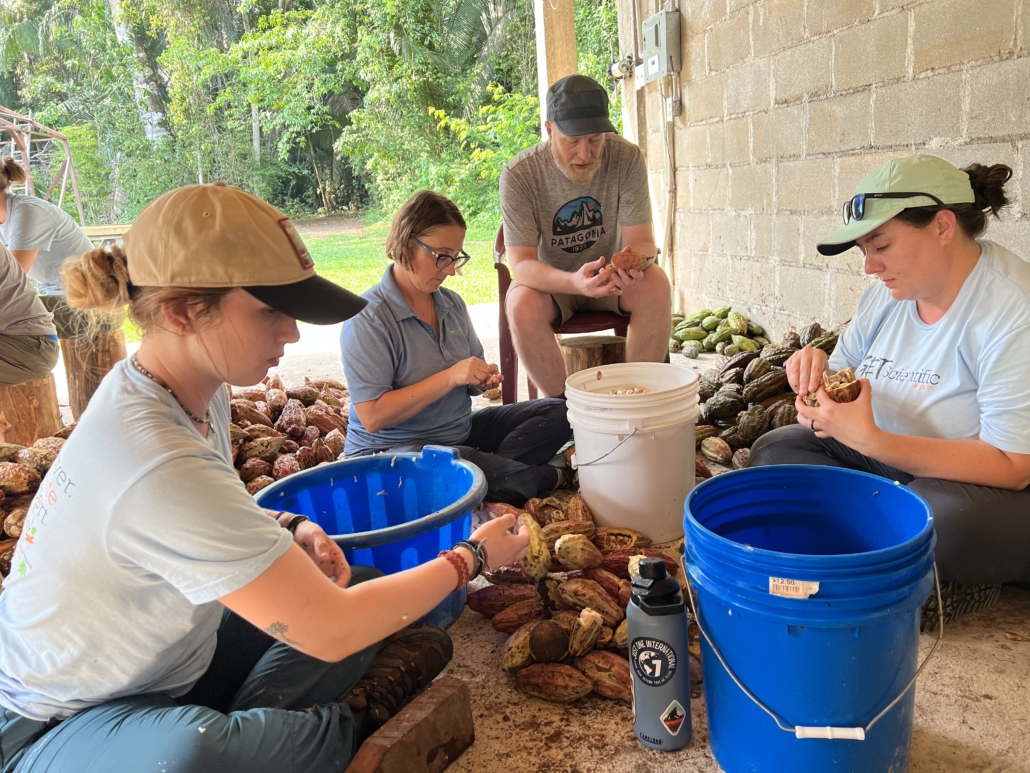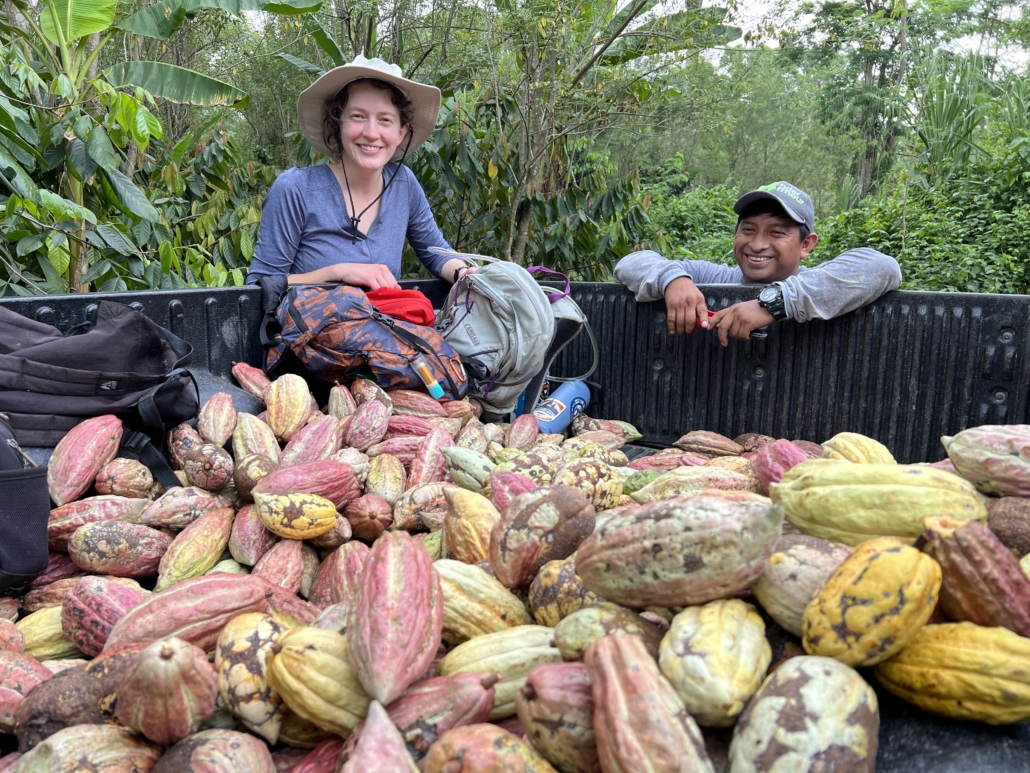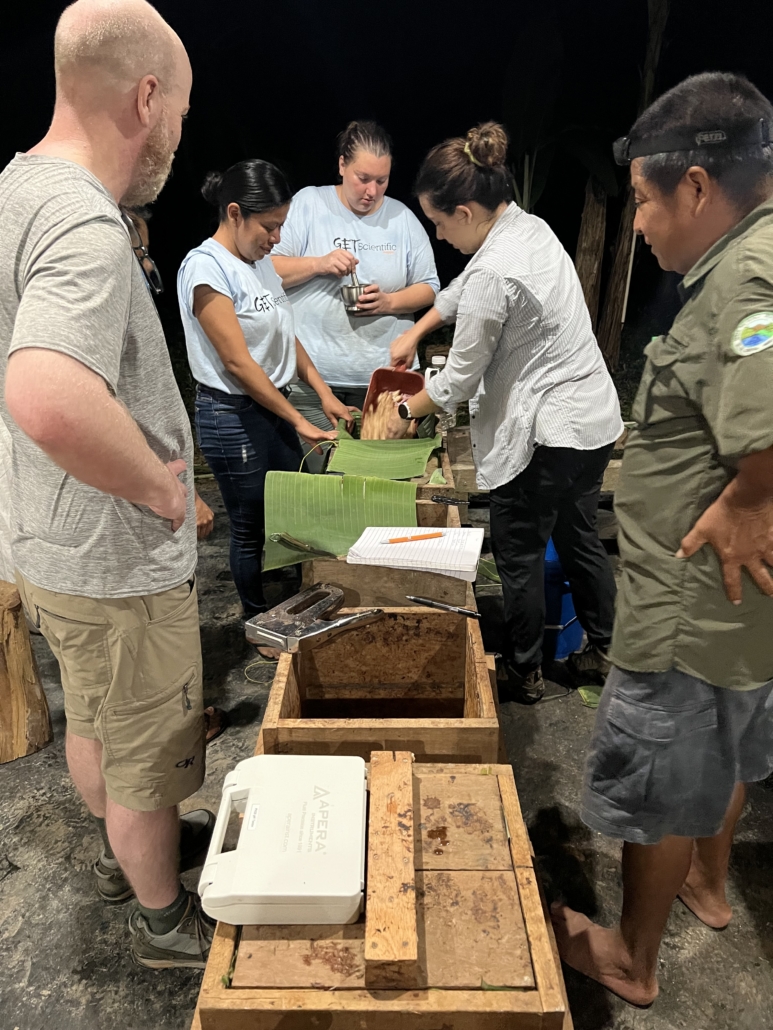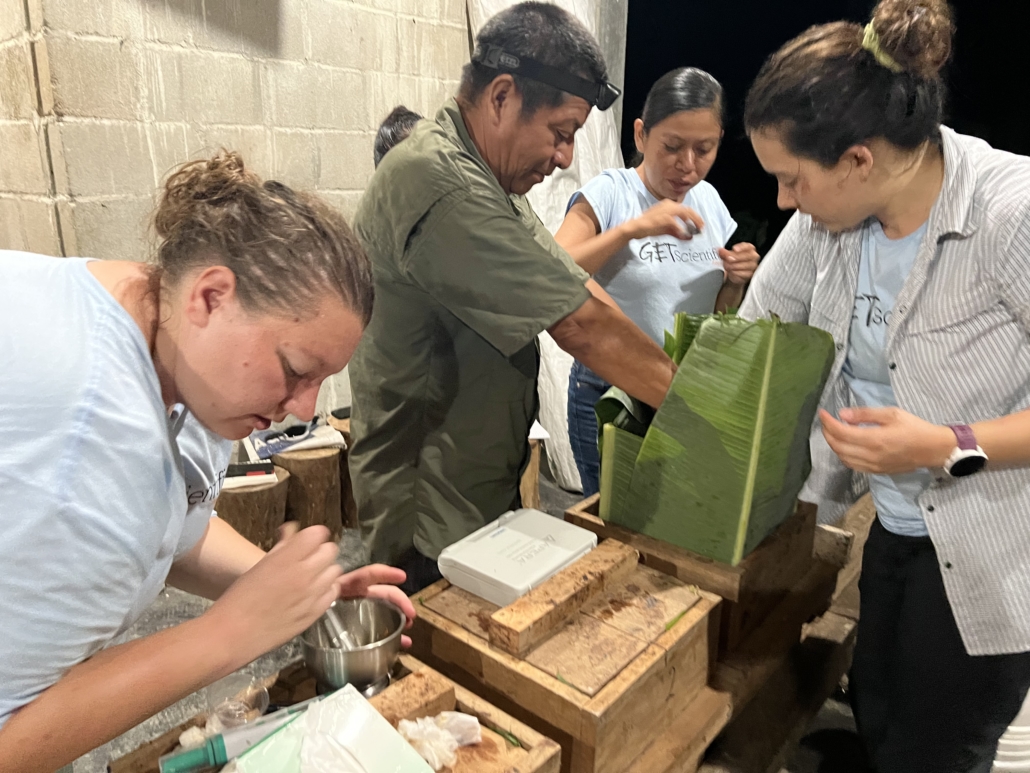The Fascinating Characteristics of Sundew
By Mark Canti
The astonishing characteristics of sundews are unbelievable to me. During two research trips with Dr. Rob Naczi of NY Botanical Garden, I learned a lot about plants, especially sedges. I was introduced to carnivorous plants and found them fascinating. I was shocked to learn that while walking around, we have been stepping on a lot of different species of exciting plants!
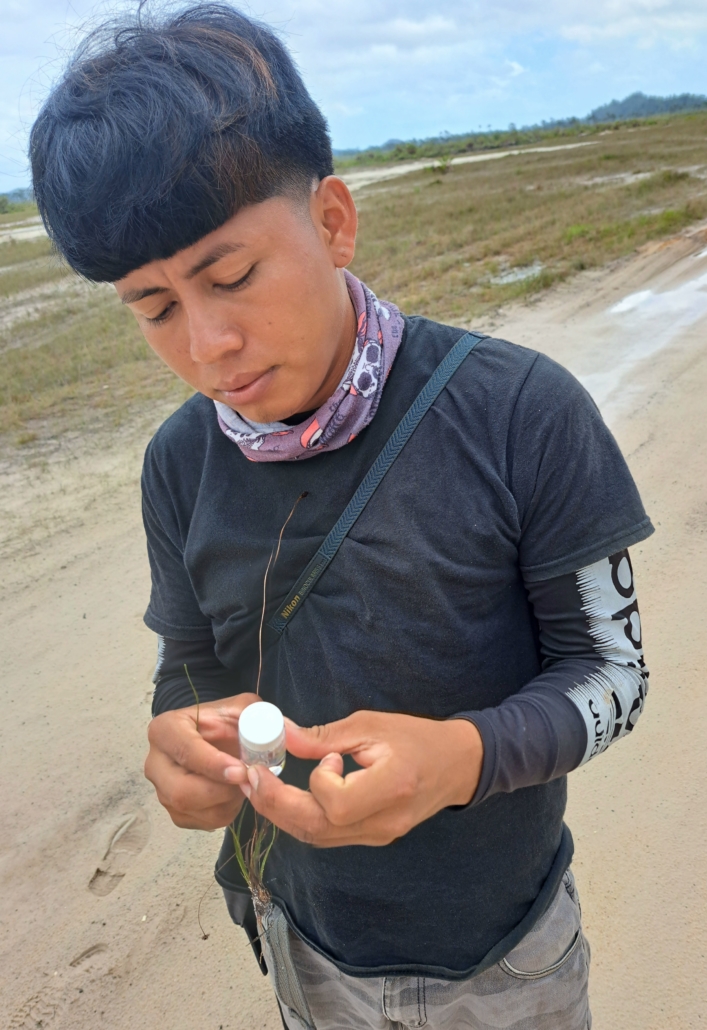
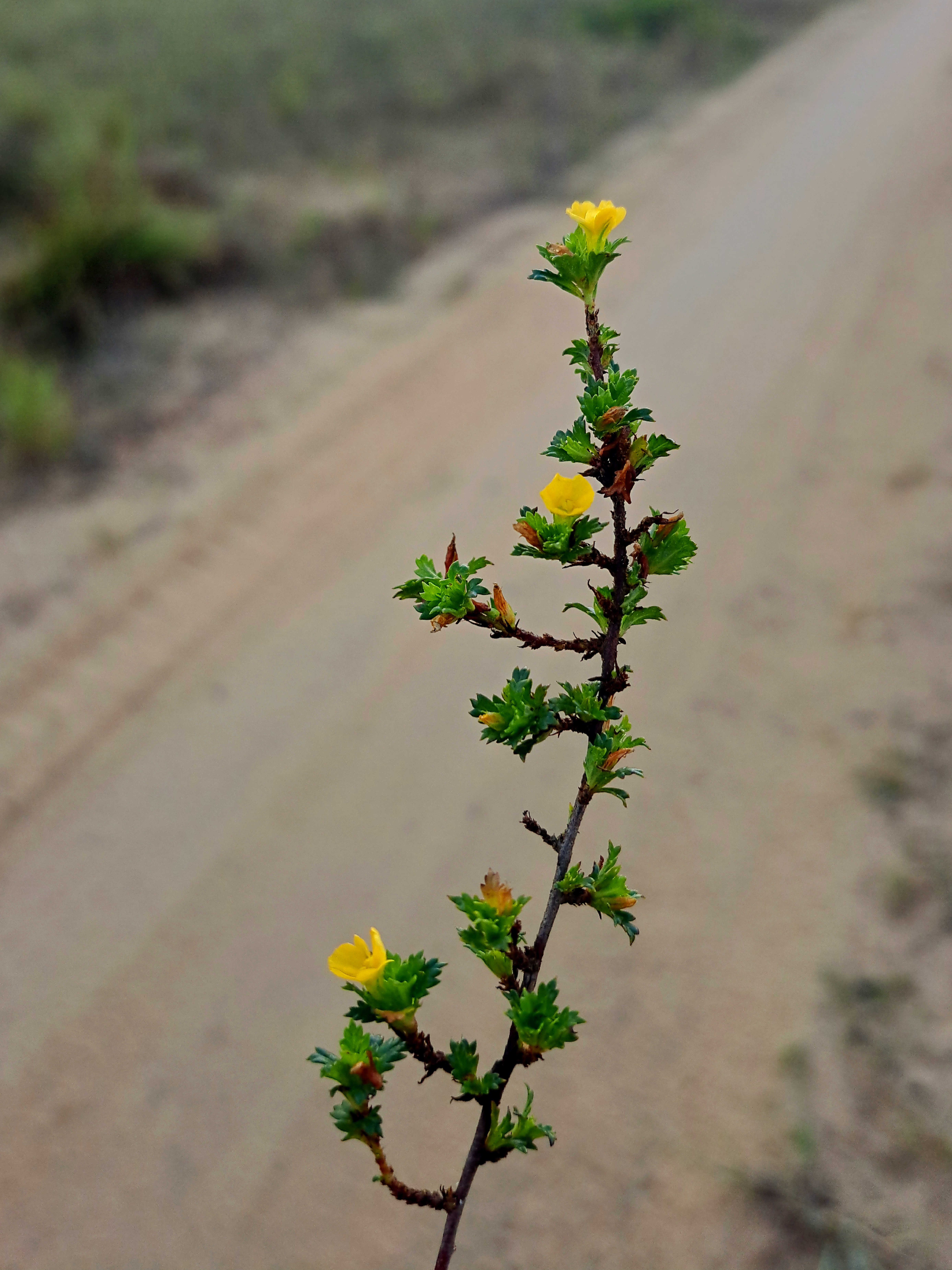
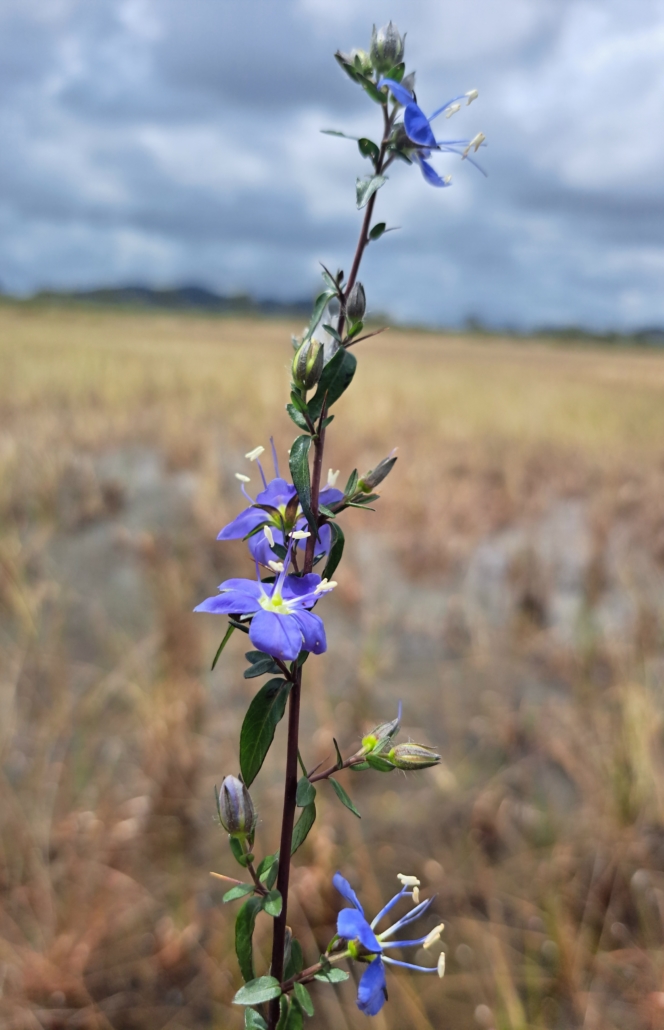
The Sundew was one of the common plants I saw in the field and it caught my attention because of the uniqueness of its survival skills. It is a variable perennial plant (meaning the plant can adapt to any environment and that the plant will grow, die out and grow again). I learned a lot of the basics of this plant in the field and, because of my interest, I continued my research after returning from my most recent research trip.
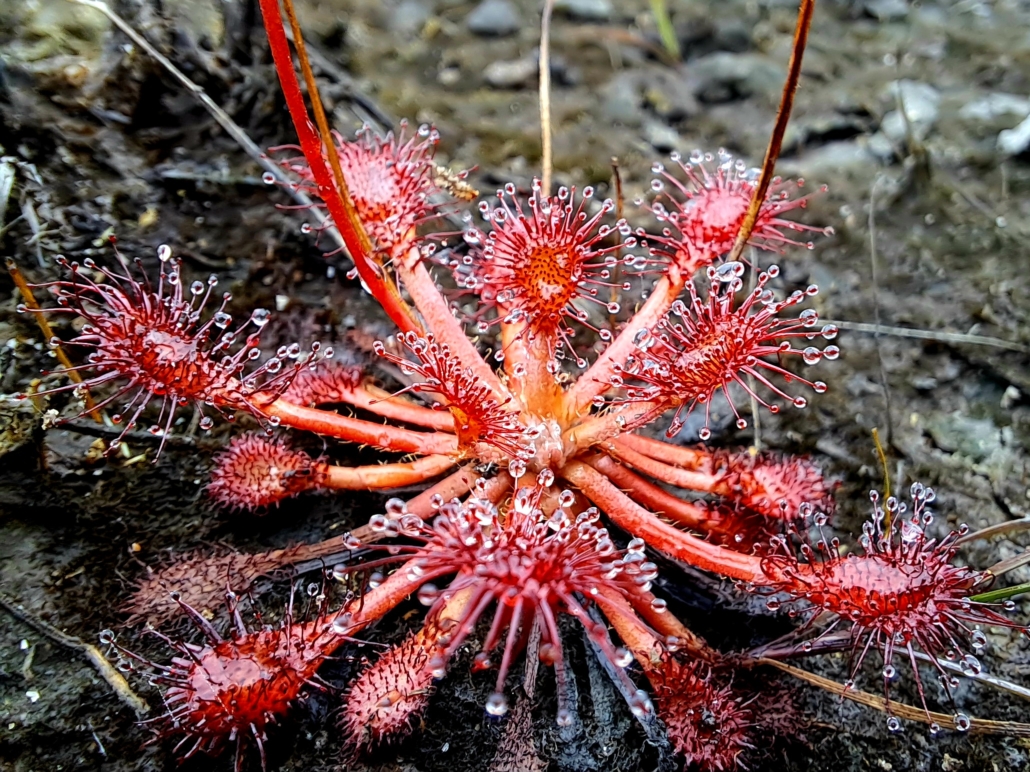
According to the International Carnivorous Plant Society, Sundews are generally about 4 cm in diameter. An individual leaf is about 5 mm long and 4 mm wide with erected scapes from the center of the plant about 8 cm long. The sepals have hairy glands that secrete sundew glue and the plant colouration ranges from pale green to deep red. It has approximately six pink or white small flowers that are constantly self-pollinating. Sundews have almost 200 different species making it one of the most diverse of all carnivorous plants.
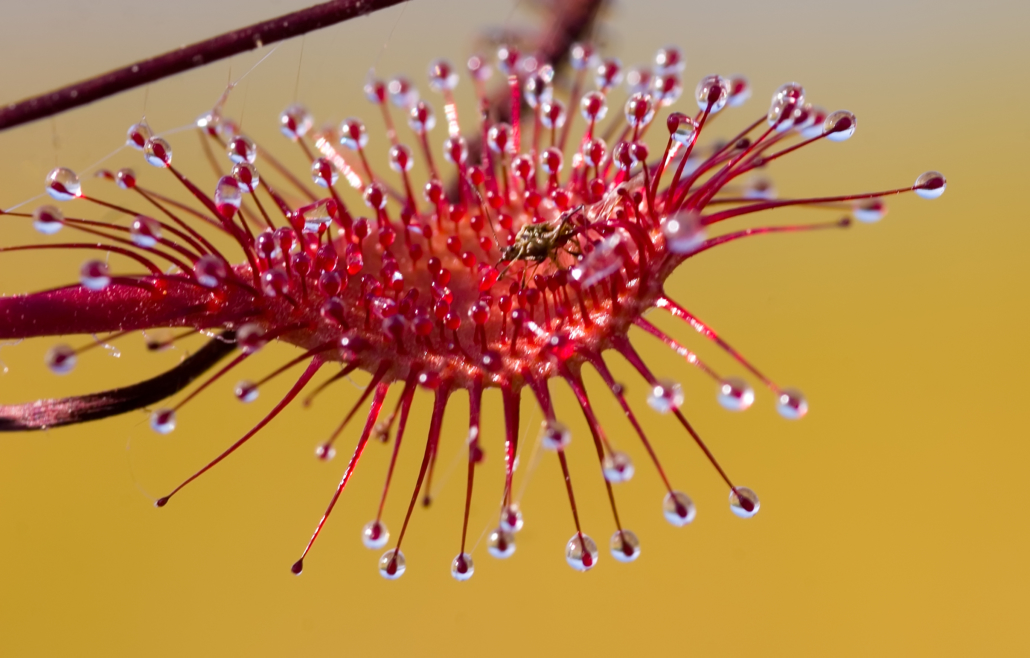
Sundews capture their prey from glistening drops of dew at the tips of the hairy-like tentacles on their leaves. A healthy plant can have a hundred dew drops which makes it look gorgeously dainty and beautiful, but it is a sticky death trap for small insects. They have the ability to move or bend their tentacles in contact to respond to their edible prey. When an insect is trapped, it either succumbs to death through exhaustion or through suffocation as the fluid from the plant releases encloses, and blocks the opening of the insect exoskeletons. Death usually occurs within 15 minutes. (Photo credit left: internet image)
Meanwhile, the plant has trapped its prey, the plant secretes enzymes that will dissolve the insects which will free the nutrients that are trapped within its body. Eventually, the nutrient mixture is then absorbed through the leaf surfaces to be used by the rest of the plant.
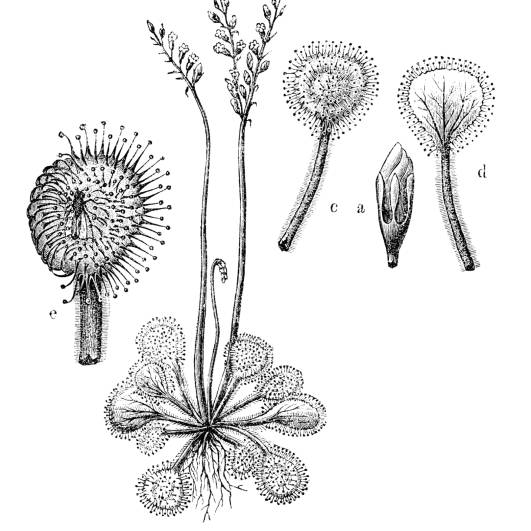
This is a plant that is common throughout the country of Belize and can be found in wet pine savannas. Discovering Sundews made me realize that many of us in Belize have no idea how extraordinary nature can be. This experience made me curious to learn about the multiple thousands of plant species that exist in this country.
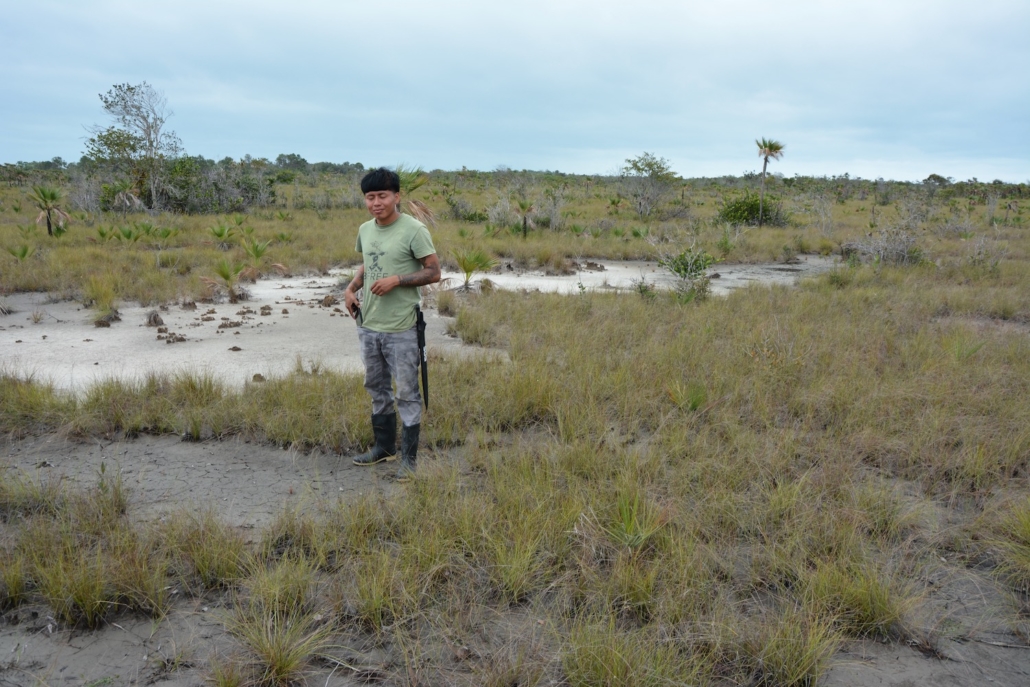
As the Cacao Fellow for BFREE’s agroforestry program, I have gained a deep appreciation and understanding of nature. As someone who loves Belize, I’m dedicated to protecting our beautiful environment by understanding and appreciating the natural world around us. This research has taught me about the significance of each organism’s existence and its essential role in maintaining the environment.
Brittnacher, J. (2017, July). Drosera spatulata Species Complex. International Carnivorous Plant Society. https://www.carnivorousplants.org/cp/taxonomy/Droseraspatulata

